If classroom management is top of mind for you as we begin another school year, you’re not alone. So many educators in our We Are Teachers community tell us they struggle with classroom management and are looking for support. These 38 ways to establish, reinforce, and streamline classroom procedures are a great place to start. All of the tips come recommended from our team and our We Are Teachers HELPLINE group on Facebook.
1. Hand signals
Hand signals, like putting one finger in the air to ask to go to the bathroom, two fingers when you need a tissue, or three fingers to ask for a pencil, minimize distractions and help students get their needs met. Create hand signals for the questions that you hear most (Can I go to the bathroom? Is it time for recess?) and keep teaching without interruption. The key to making them work? “Print out a chart as a reminder,” says teacher Mary M. “Practice them the first few days of school, then if a kid tries to ask you something, you can point to the chart.”
Learn more: Nonverbal Cues for the Classroom That Really Work
2. Attention-getters
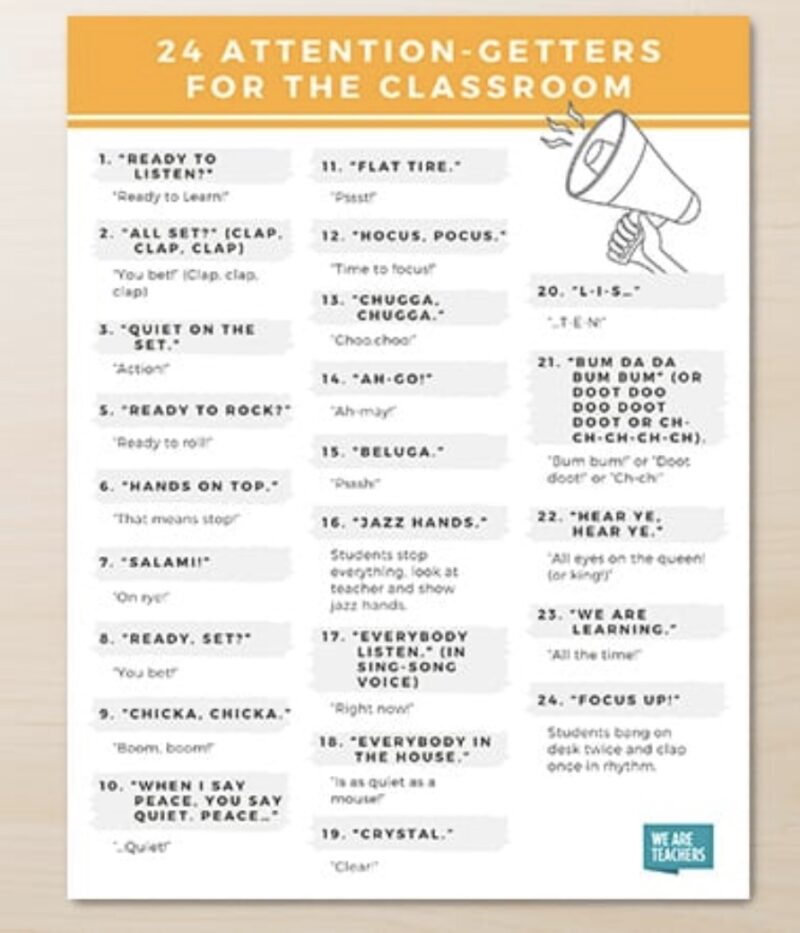
“Class class!” “Yes yes!” The way you get students’ attention can be a hassle or a breeze. Teach a few core call-and-responses to get students’ attention in the first weeks of school and use them all year long.
Learn more: 100 Attention-Getters for the Classroom
3. Arrival
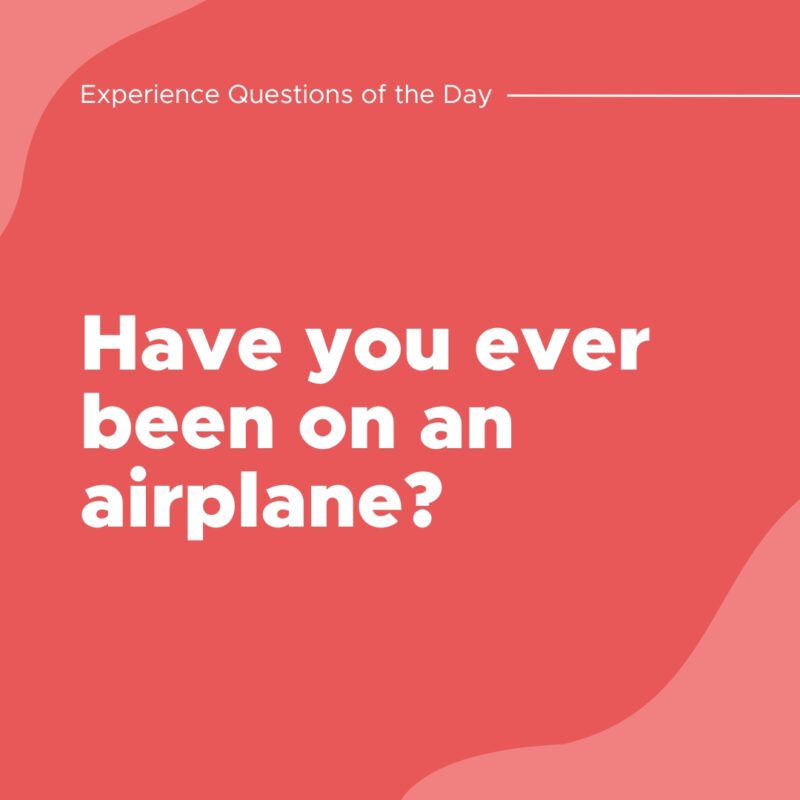
Having an arrival routine helps mornings start smoothly. Have materials out for students to work on when they arrive and clearly labeled spaces for students to unpack homework, lunches, and any papers that need to come back to you. You may also incorporate a question of the day or some way for students to interact with each other.
Learn more: 180 Free Question of the Day Slides
4. Dismissal
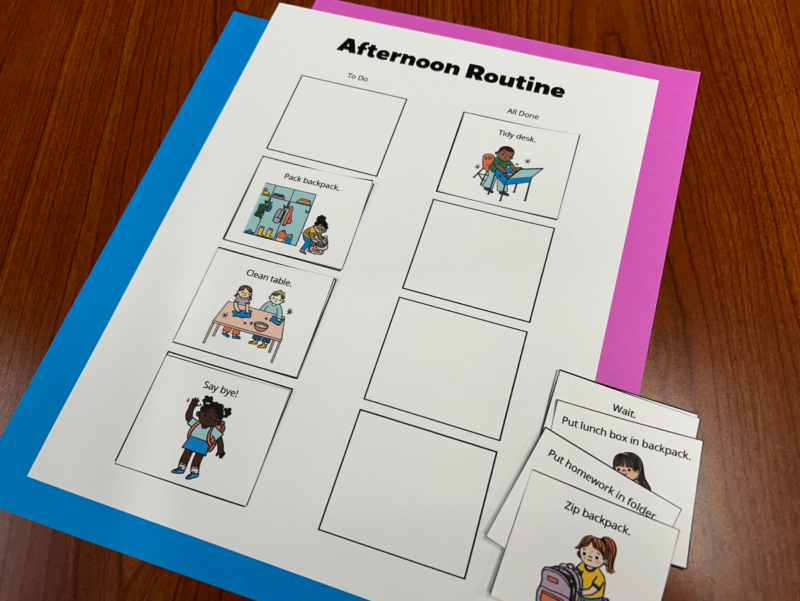
A dismissal routine helps students ensure they have everything they need—homework, notebooks, leftover lunches, and any papers that need to go home. Post a dismissal checklist by the cubbies or lockers so students can reference what they need to leave your class.
Learn more: Free Printable Visual Schedule for Arrivals and Dismissals
5. Lining up
Even older kids like a fun line-up strategy. Use songs, friendly competitions, and more to teach students to line up quickly and quietly.
Learn more: 26 Genius Lining-Up Strategies
6. Voice level
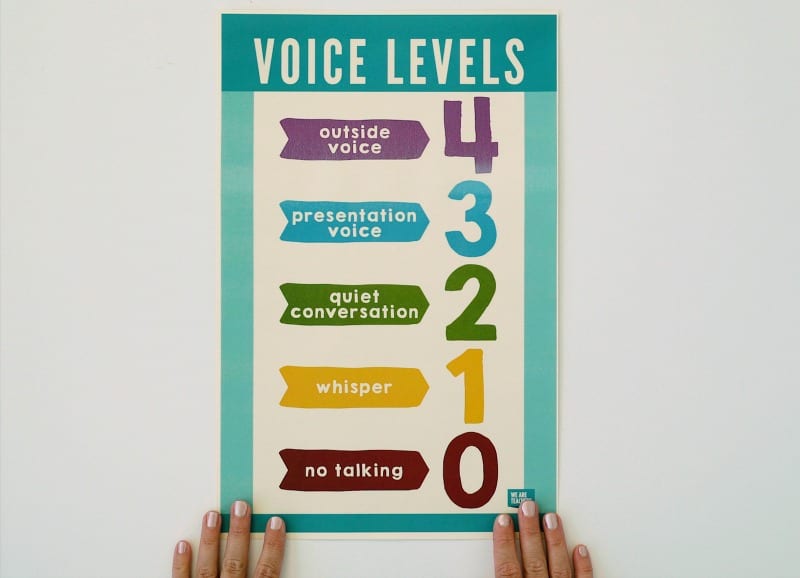
Communicate just how loud students can be during work times (partner work is a 2, independent work is a 1, testing is a 0) and reinforce it with a poster that you can point to. If you print out our voice-level poster, post it in your classroom or cut the levels and put them on note cards to remind students of how loud they should be in the hallway or at an assembly.
Learn more: Free Printable Voice-Levels Poster
7. Bathroom routines
Don’t overlook bathroom routines at the start of the year (and after long breaks). Teach how to ask to go to the bathroom, how to transition out of the classroom, and expected bathroom behavior. Don’t forget a sign-out sheet, because knowing when each student left your room and returned will help if any problems arise.
Learn more: Teach school bathroom routine and procedures
8. Bathroom passes
In addition to signing in and out, have a bathroom pass so teachers who see a student in the hallway know why they’re there. One great option for bathroom passes: hand sanitizer bottles. “I keep two large bottles of hand sanitizer, one labeled BOYS and one labeled GIRLS,” says Stacey S. “If they need to go, they just put it on their desk, and when they get back, they put it on the counter.”
Others, particularly at the secondary level, prefer to have their students just go to the bathroom without asking at all. Whatever your preference, be explicit about your classroom procedures for using the bathroom from day one.
Learn more: Creative Bathroom Pass Ideas
9. Transitions
Transitions can be challenging for so many of our kids. Manage transitions with timers or countdowns. Prompt students with 15-, 10-, and 5-minute reminders, and reinforce the routine with visual timers that show red-yellow-green depending on how long students have, or that show a colored amount depending on the time available.
Learn more: Best Classroom Timers and Unique Online Timers
10. Provide bell ringers
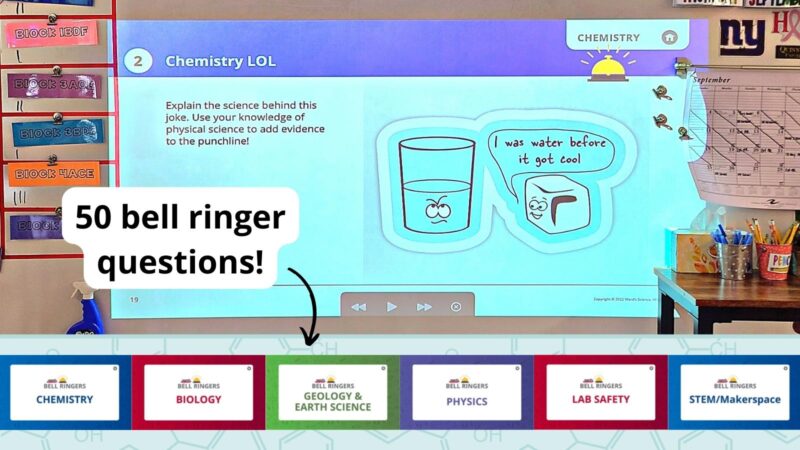
Bell ringers, or bell work, help to set the tone for learning the minute students walk into your room. If the expectation is that students will immediately begin their bell work, you will minimize the disruptions that naturally occur when students are streaming into your room. Bell work can sometimes have a negative connotation, but it doesn’t have to be worksheets or writing response.
Learn more: No-Prep Bell Ringers for Middle School ELA and Science Bell Ringers
11. Recess
Classroom procedures for leaving for recess and lining up when recess is over are important for safety and to minimize the time that you spend blowing on a whistle or yelling across a playground.
12. Share your calendar
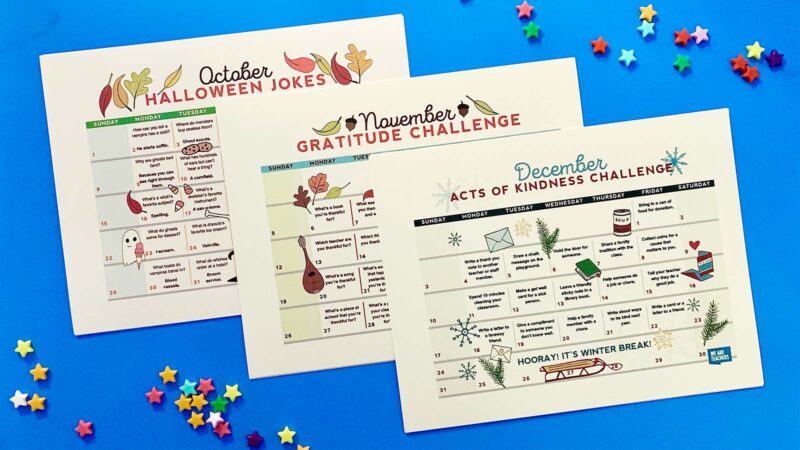
There will be months when it feels like school events—dances, dress-down days, field trips—are the most-asked-about topic. “I post a calendar on the inside of my door with that month’s important events,” says Tova R. “When students need to know when something is, they go to the calendar.” Paper and pen not your jam? Google Calendar makes it easy to share a digital version too. “I train my students to use Google Calendar and model how I use it too,” says Tamara R. “Once a month we have a housekeeping session where we annotate and revise important dates and events.”
Learn more: Editable Classroom Calendars
13. Technology rules
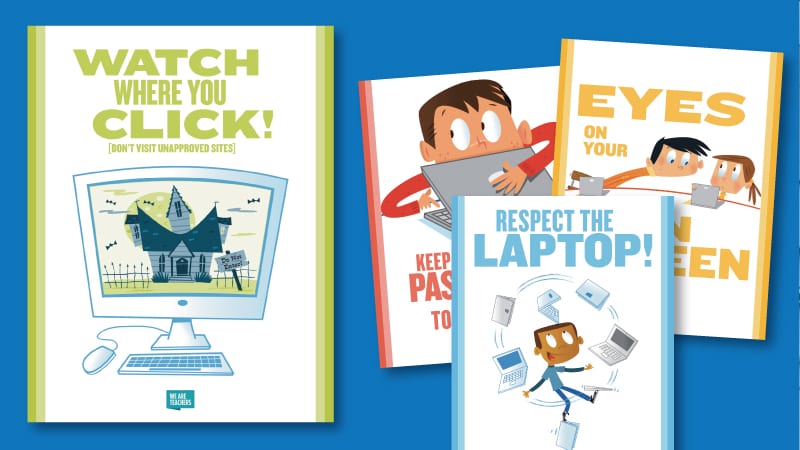
Classroom tech can be a huge distraction if kids don’t know the rules. Teach students computer and tablet rules in the first week, including how to take out, put away, and care for tech.
Learn more: Free Printable Classroom Technology Rules Poster
14. Date-stamp students’ work
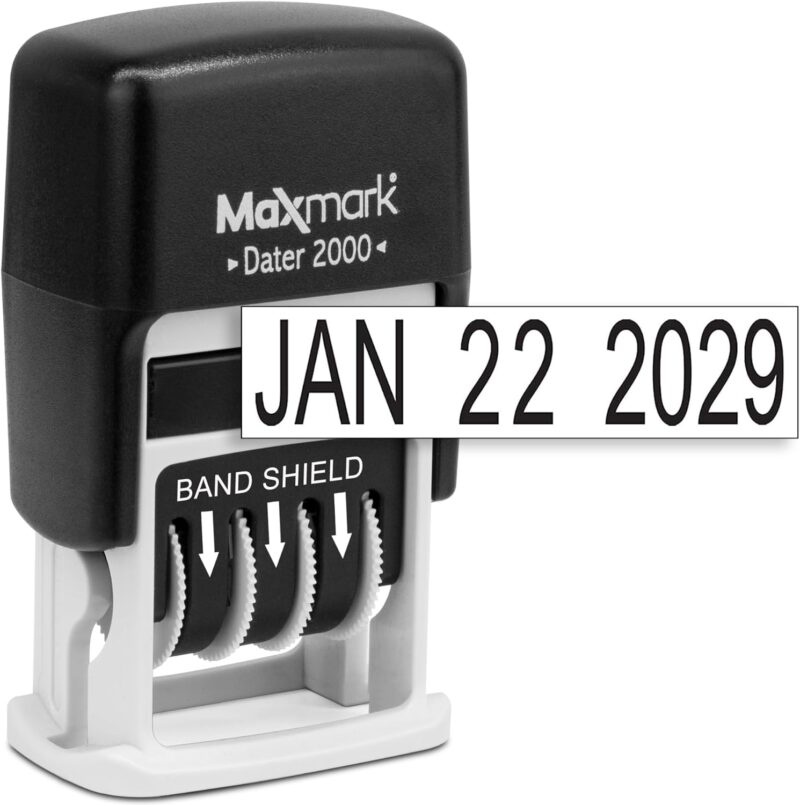
This procedure is as much for teachers as students. Get a date stamp and stamp the work that comes across your desk. Then, there’s no argument about which work came in on time. “I stamp all work as students hand it in to prove who has late work,” says Missie B. “A couple of years ago, I had students sneak assignments into the tray late before I had a chance to pull them out or say they turned things in when they didn’t. This took care of both of those problems.”
Buy it: Date Stamp
15. Turn-in work
Teach students classroom procedures for how you want them to turn in work. In kindergarten, this might mean putting it in a bin with the class mascot. In high school, it may be the expectation that students pass papers forward or back, and the first or last person in the row turns them into a bin. Either way, make sure you have all student work at the end of the day.
16. Turn-in trays
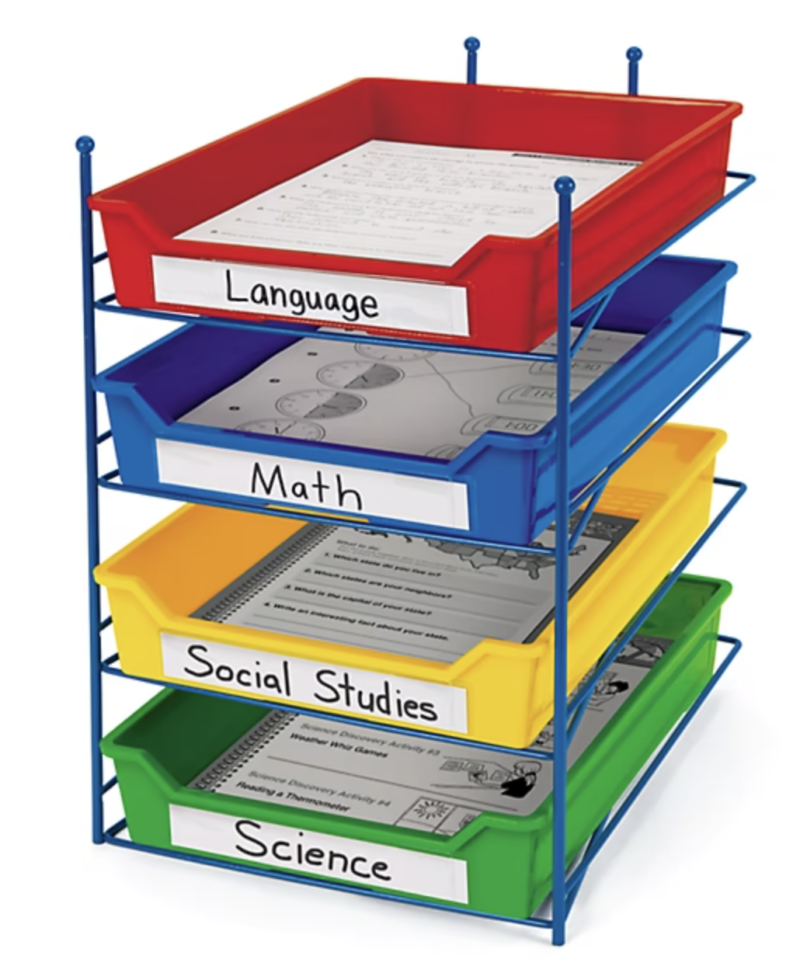
Turn-in trays allow for more independence from your students and easy paper sorting for you. Some teachers use different trays for different subjects/classes, while others prefer one slot/tray for each student.
Buy it: Turn-in-Your-Work Organizer
Learn more: Ideas for Turn-In Bins
17. Ask students to highlight their names before turning in work
Before you have students pass papers in, tell them to highlight their name. “The no-name papers will disappear,” says Kristin B.W.
18. Greet every student at the door
This procedure sets a positive tone for each class. “They behave better when they feel cared about,” says Debra M. Don’t we all?
19. A time timer
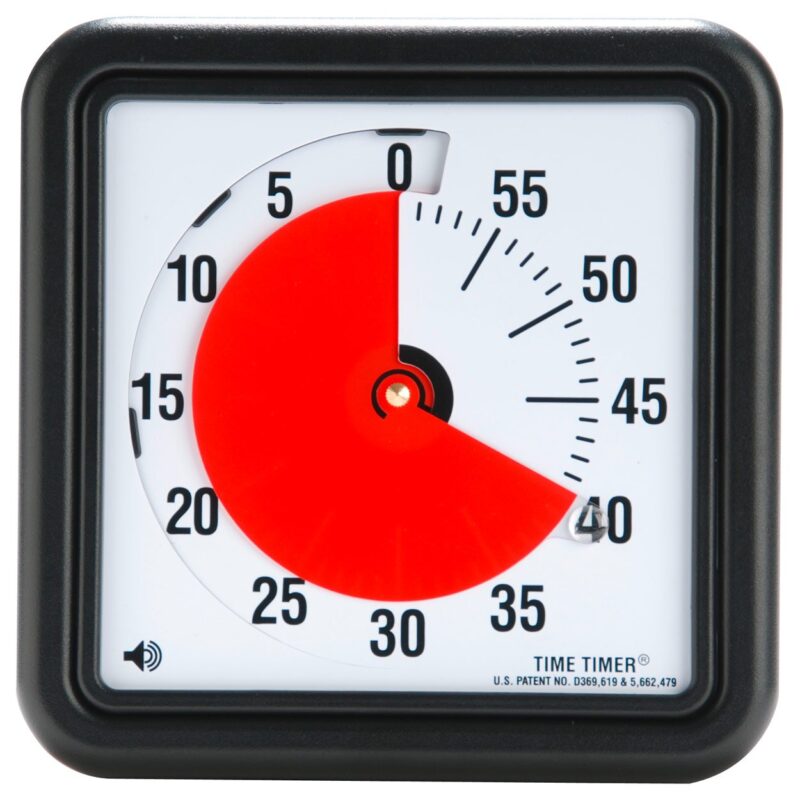
A Time Timer or visual timer shows how much time is left in an activity, letting students answer the “how much time do we have?” question on their own.
Learn more: Best Timers for Teachers and Students
Buy it: Visual Timer
20. Hall passes
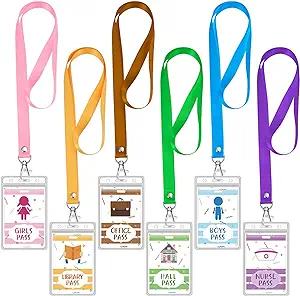
Having a hall pass that works for your class will make your day infinitely easier as students will know if they can leave your class, and other teachers will know the students are permitted to move around the school. Teach students when it’s OK to take the hall pass, how to communicate with other teachers when they are running an errand, and how to return your hall pass when they get back.
Learn more: Hall Pass Ideas
Buy it: Hall Passes (6-pack)
21. Stamp your feedback
Get a set of self-inking stamps that you can use to give feedback on student work. Or for students who are working on completing work independently or improving behavior, use rubber stamps that address common concerns as well as data tracking for students with IEPs.
Buy it: Rubber Stamps at Mrs. D’s Corner.
22. Set up a cell phone charging station
Having a cell phone charging station solves the problem of students checking their phones during instruction. Set up the expectation that students store phones in the station so there’s no back-and-forth about how much charge they have (their phones charging is not the point).
Learn more: Tips and Tricks for Managing Cell Phones in Class
23. Task boxes
Having a set of boxes with coloring sheets, worksheets, extra practice, and games that students can play quietly or independently gives students a way to stay busy and learning during arrival, dismissal, and other times when there isn’t a defined lesson.
24. Early finishers
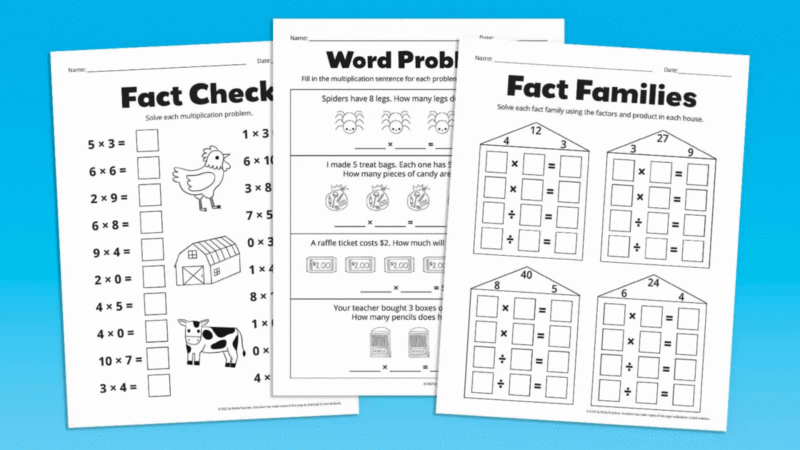
Establish what students who are finished early should do. STEM bins, math practice, or simply independent reading are all great options for kids who finish early. Teach students how to choose an early-finisher activity so they don’t have to ask you what to do. You can even set up an early-finisher corner with materials and printables ready to go.
Learn more: STEM Bin Ideas, Free Printable Multiplication Practice Worksheet Bundle, Printable List of Famous Children’s Books
25. Missing pencils
Keeping track of pencils isn’t a problem in September, but wait till February or June. Combat missing pencils early by posting three or four pencils on a bulletin board or corner of your whiteboard. Write “It’s been __ days since a pencil went missing” on the board and keep track of the days since a student has lost a pencil. Students can borrow a pencil, but they also need to reset the count.
Learn more: Ideas for Pencil Organization
26. Classroom jobs
Giving kids jobs helps make classroom procedures run smoothly. Announcer, Botanist, Line Leader, Class Ambassador—there are so many ways for students to help out in class. Assign class jobs so that every aspect of the day is taken care of, and so students have ownership over what happens in your room during the day. Set up a way to rotate the jobs each week, and once students have their preferred jobs, keep tabs on who is doing what so it feels fair.
Learn more: Big List of Classroom Jobs
27. Class job application
Once students know what the class jobs are, have them apply for a job to have for the semester or year. You’ll have consistency from week to week, and students will get the experience of applying and managing their responsibilities.
28. Exit tickets
Have a set format for exit tickets so students can focus on what you’re asking them to show. And create a predictable way to collect exit tickets so students can spend their time showing what they know instead of figuring out how to pass it in.
Learn more: Exit Ticket Ideas
29. Seating charts
Rows, double E, pairs, Four Square—these are all ways to arrange your classroom. Your classroom routines and procedures will go much smoother if the class is set up to facilitate everything from passing papers in and out to lining up, getting into small groups, and pairing up for think-pair-share.
30. Make transitions magical
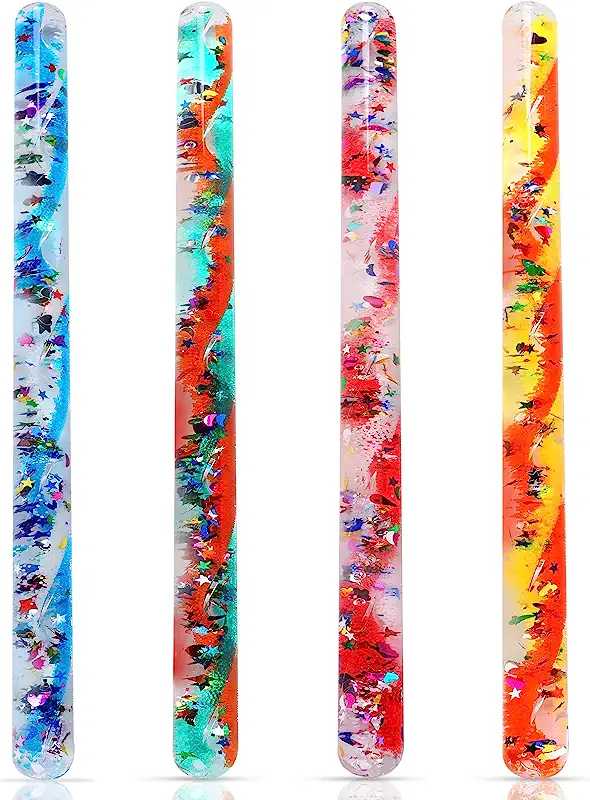
As students move from place to place in the room, use a “magic” wand and turn them all into snowflakes, unicorns, or yetis. Get silly with it, and as students get more familiar with this procedure, put them in charge of the magic wand.
Buy it: Magic Wand
31. Organize classroom procedures around a theme
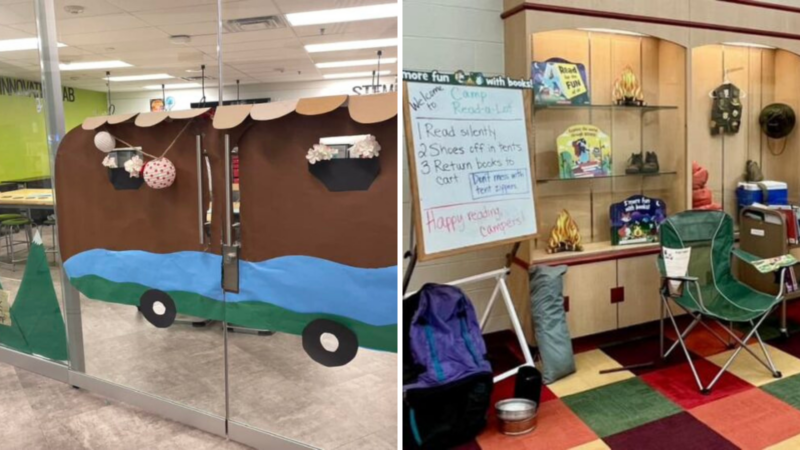
Choose a classroom theme and get creative. If your theme is “Under the Sea,” have seashells on the wall where students can post exit tickets, an octopus cell phone charging station, and a paper return tray decorated like a coral reef.
Learn more: Our Favorite Classroom Theme Ideas
32. Sorting students
If students are going to be working together at all, you’ll save time by having quick procedures to move them from whole group to pairs or teams. One idea: Use pairs of cards to have students match up with their partner. Another idea: While students are seated, place a colored button (one color per group) on each desk. Then, have students stand and find the people who have the same-color button. After they’re finished, have students return the buttons to a jar up front. You can use buttons or any other materials (colored sticks, tiles, etc.).
Learn more: Clever Ways To Put Students Into Groups
33. Check for understanding
Thumbs up or thumbs down. Five fingers. Whiteboards. Find the check for understanding procedures that works for you and teach them early in the year. You’ll spend more time figuring out what students know rather than reviewing what they should do.
Learn more: Creative Ways To Check for Understanding
34. Buzz in answers
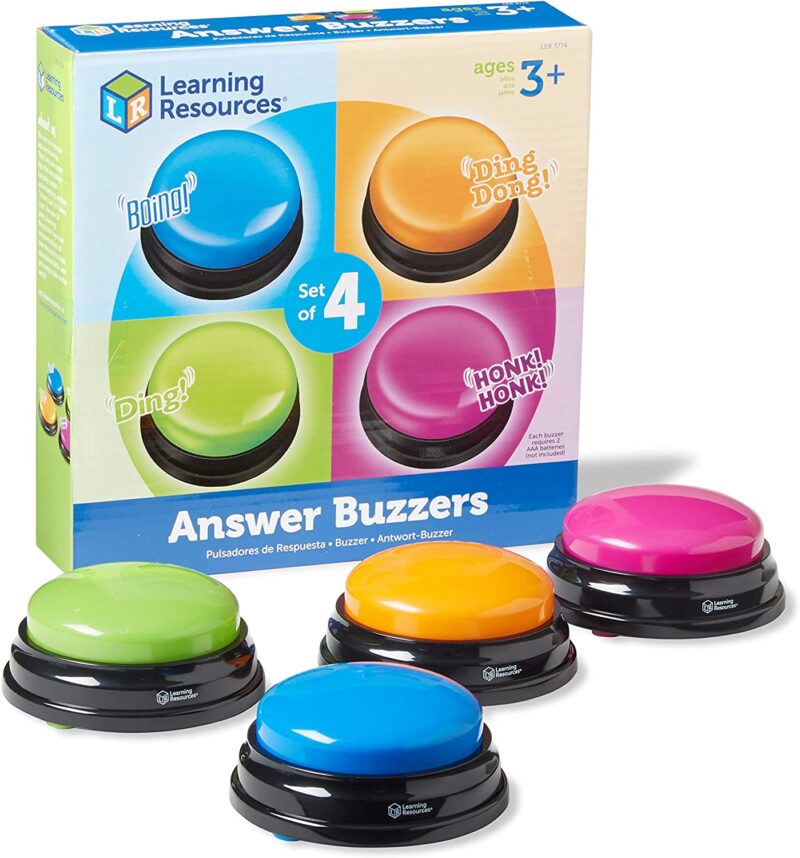
Once students are in groups, have them use answer buzzers to chime in. It reduces noise and calling out.
Buy it: Light and Sound Buzzers
35. Post a visual schedule
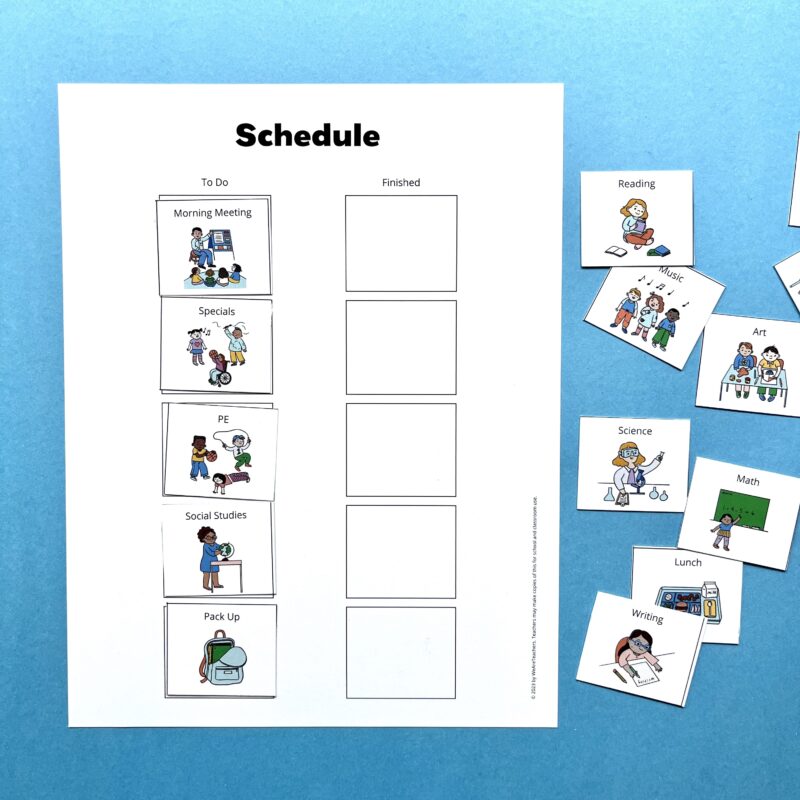
A visual schedule outlining your classroom procedures is a great way to help students know what’s coming next. And for students who process visual information easier than auditory, it’s helpful to be able to see the schedule and refer to it throughout the day. An individual visual schedule for a student with autism or processing needs can help them move throughout the day as well.
Learn more: Free Visual Schedule Templates
36. Bring nonverbal reminders wherever you go
Nonverbal reminders can help keep classroom procedures running smoothly. Hang nonverbal reminders to stand in line, be quiet, or wear around your neck on your teacher lanyard, and use them to prompt students to follow procedures anywhere you go.
37. Classroom guests
Teach the procedure for classroom guests before your first guest arrives, whether it’s a principal, instructional coach, or mystery reader. Teach students how to greet a guest (maybe have Guest Greeter as a classroom job), how to get attention from the guest, and where guests sit.
38. Emergency
Last but not least, teach emergency procedures. Fire drills, tornado drills, earthquake drills—students need to know what to do before they are practicing these. Even older kids need a refresher on how to move in the hallways when it’s time to leave the building and why they need to be quiet until the all-clear.

